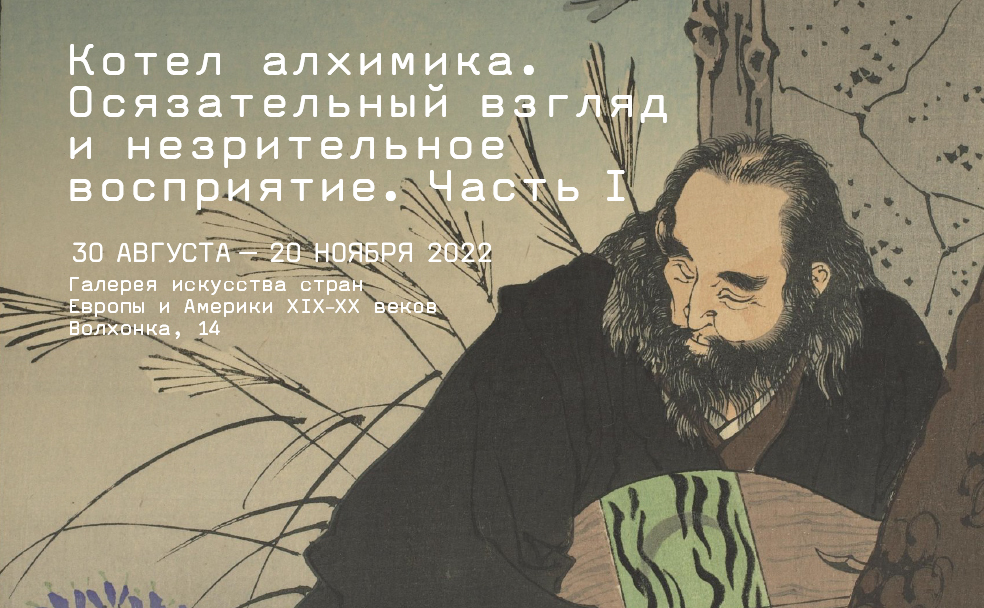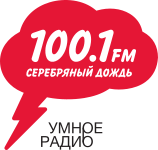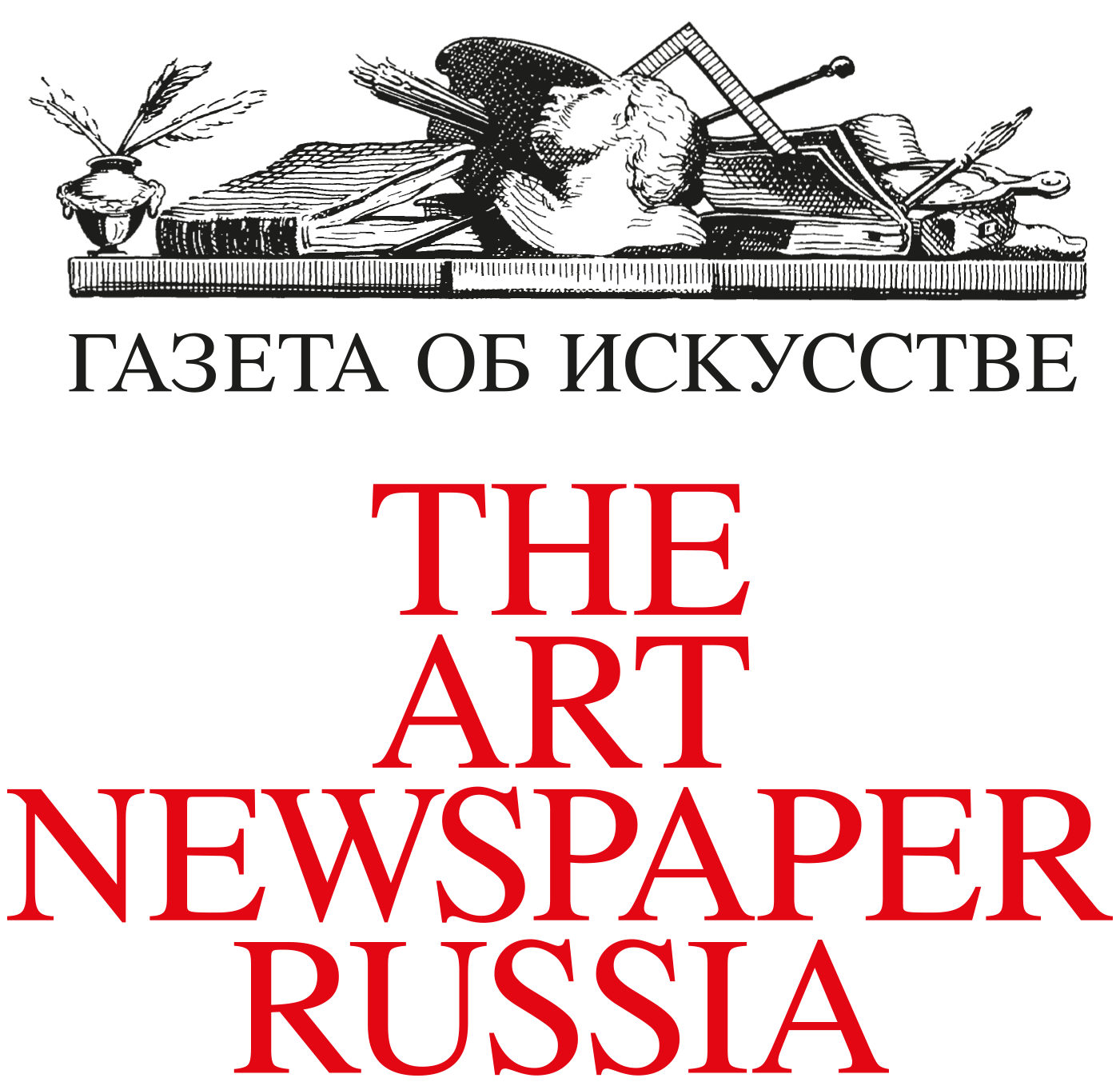On August 30, the Gallery of 19th and 20th Century European and American Art at the Pushkin State Museum of Fine Arts will host the opening of the first part of the exhibition “Athanor. The Haptic Eye and Non-Visual Perception." The exhibition exploring blindness and the artistic method of visual reduction includes works by Albrecht Altdorfer, Nemesio Antunes, Hans Arp, Tsukioka Yoshitoshi, Giovanni Benedetto Castiglione, Claude Lorrain, Mikhail Matyushin, Nishimura Yohei, Pablo Picasso, Rembrandt Harmenszoon van Rijn, Hans Hartung, Bartholomeus Hall, Günther Uecker, and other artists. At the exhibition, painting, graphics, sculpture and small plastic art works, ceramic objects, and cabinet stained-glass windows are displayed from collections of the Pushkin State Museum, Russian and foreign private collections. Many items selected by the curators rarely leave storage, and some of them will be shown to the public for the first time.
The project “Athanor. The Haptic Eye and Non-Visual Perception” draws upon historical anthropology of the senses and phenomenology in order to explore representations of sight and blindness, as well as the inclusion of various haptic experiences in the artistic process. The exhibition is divided into two parts — the first is devoted to the visual reduction and the tactile gaze, while the second is related to the variability of color perception and synesthesia. Both parts of the exhibition project are united in the “Athanor” book, in which works of fine art are complemented by texts by H. de Balzac, J. Derrida, H. Sedlmayr, S. Vaneyan, K. Verbeek, and articles by researchers, curators, and conservators of the Pushkin State Museum.
In the first part of the project, the viewer encounters a gallery of images of biblical and mythological blind men, including “Samson” by Albrecht Altdorfer, “Blind Tobit” by Rembrandt Harmenszoon van Rijn, “Homer and Sappho’s Muse” by Angelika Kaufman, “The Moon's Four Strings: Semimaru” From the series “One Hundred Aspects of the Moon” by Tsukioka Yoshitoshi, and many others. The theme of blindness is also covered in graphic sheets from the Luther’s Bible (16th century) and in a German stained-glass window (19th century). Three interpretations of the famous biblical parable of the blind men known from the painting by Pieter Brueghel, the Elder, deserve special attention. In the exhibition, the story of the “blind leading the blind” is represented with an engraving by Gabriel Smith based on a drawing by Jacopo Tintoretto, a print from the Piscator’s Bible, as well as an engraving by Quirijn Boel based on a drawing by David Teniers after painting of Domenico Fetti from ouvrage «Picture cabinet of Archduke Leopold Wilhelm of Austria». Pablo Picasso’s “Blue Period” painting “Old Jew and a Boy,” Horst Janssen’s programmatic opus “One Third Blind,” and other works make it possible to see how this theme was explored in the art of the 20th – early 21st centuries.
At the same time, the exhibition examines the concepts of the “haptic” and “optic” views in painting, drawing, and sculpture. We encourage the visitors to focus on their own visual sensations and compare them with bodily, acoustic, and tactile perception. For example, ceramic objects by the Japanese artist Nishimura Yohei, created exclusively for this exhibition, are designed particularly for tactile experience. In Russian and global practice, the simultaneous use of various sensory methods of perception is called multi-sensory experience. In this case, vision in the perception and creation of a project can be replaced by taste, sound, touch, bodily spatial awareness, and many other senses. One can say that the viewer’s body becomes an athanor, in which the process of alchemy takes place as an individual’s unique experience of perceiving and interpreting a work of art. Such interpretation varies depending on individual cognitive, taste-related, and physical capabilities and sensations. Alongside this symbolism, the name of the exhibition references the art work by Sigmar Polke, “Athanor” (1986), which presents the experience of overcoming the trauma of totalitarianism through a protest against the totalitarian nature of vision.
On top of that, a large portion of the “Athanor” exhibition is dedicated to blind drawing as an artistic method from the beginning of the 20th century. In a discussion of non-visual practices in modernism and contemporary art it was important to turn to the works of German artists Hans Hartung (ILONA — K Artspace Gallery founded by Ilona Kesaeva) and Günther Uecker (collection of Elena Kuprina-Lyakhovich), Moscow non-conformist artist Joseph Ginzburg (collection of Jan Ginzburg) and to the famous graphic sheets — illustrations by Pablo Picasso to a short story by Honoré de Balzac “The Unknown Masterpiece” (collection of Boris Fridman. The “Athanor” exhibition as a whole interprets blindness as an artistic metaphor. The starting point for this research was the experience of art mediations for the visually impaired visitors of Pushkin State Museum participating in the Accessible Museum program.
Evgeniya Kiseleva-Afflerbach, Exhibition Curator, Head of the Interdisciplinary Projects at the Pushkin State Museum of Fine Arts: “It is a first exhibition in Pushkin Museum, dedicated to blindness representation in arts. Doubt about our ability to see anything objectively makes blindness a universal metaphor. The exhibition 'Athanor' does not claim to cover the theme of visual reduction comprehensively, but rather to present an assortment of approaches and concepts that was brought about by the collection of the Pushkin Museum. We aimed at conveying the infinite variability of individual perception of touch, light, sound, time, and visual image, which is an integral part of the artistic content and the contemporary museum’s mission.”
The Pushkin State Museum expresses profound gratitude to Nishimura Yohei, Boris Fridman, Ilona Kesaeva, Ekaterina Zinchenko, Elena Kuprina-Lyakhovich, Jan Ginzburg, and the Garage Museum of Contemporary Art for the courtesy of providing art works for the “Athanor” exhibition.
For assistance in organizing the Accessible Museum program, the museum extends appreciation to the “Absolut-Help” Charity Foundation, the “Svet” Foundation, and personally to Alexander Svetakov, General Partner of “Accessible Museum” Project.
The exhibition offers an extensive educational program—lectures, discussions, olfactory workshops, and body-oriented mediation.
Curators: Evgeniya Kiseleva-Afflerbach, Alexandra Danilova




